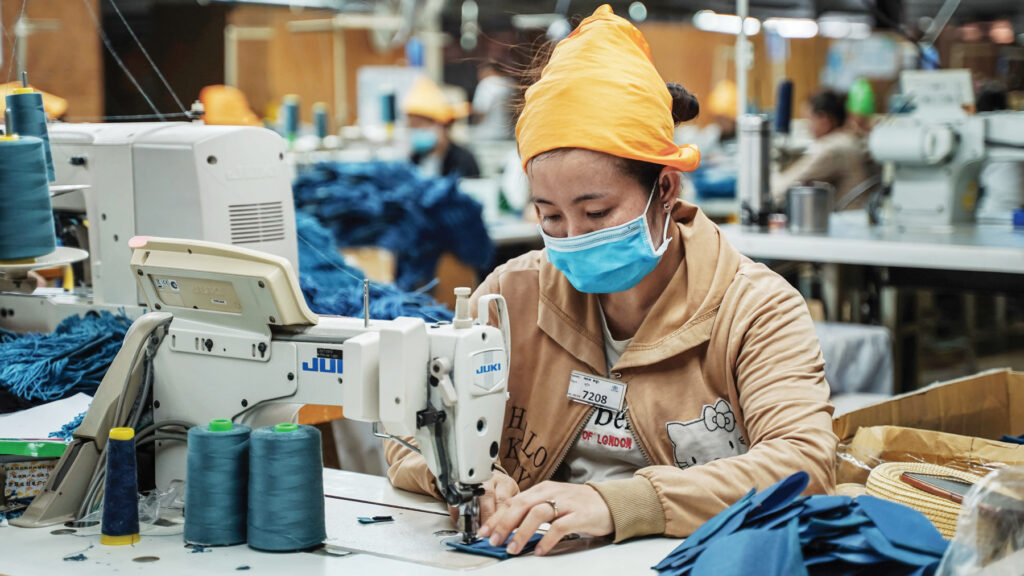Cambodia's Industrial Transformation Map for Textile and Apparel Industry 2023-2027 targets markets, materials, and worker skills to ensure industry's future

Long a bulwark of the national economy, textile and apparel (T&A) and associated industries employ nearly 1 million people in Cambodia, the majority of whom are women. In 2023, T&A, footwear and travel goods accounted for more than 11 billion USD collectively, according to the nation’s Ministry of Labour and Vocational Training. However, these figures all represented reductions from the previous year, with footwear’s 21 percent drop being the most significant.
With many of the products destined for international markets, the Ministry of Commerce’s Secretary of State Penn Sovicheat cited reduced demand globally, and particularly in Europe, for these slumping figures. Far from the only contributing factor, this underwhelming performance serves to emphasise the need for a reexamination of the sector and its role in the national economy.
To this end, the Cambodian government developed the Industrial Transformation Map for Textile and Apparel Industry 2023-2027.
Alignment with foreign markets, namely the United States and Europe, is seen as a key strategy for future growth, with market development and targeted product diversification central to these efforts. Similarly, the industry’s current reliance on imported materials is a shortcoming; backwards integration of locally produced materials is seen as a promising remedy. Supporting business transformation towards value-added products and comprehensive production strategies is also a key goal for the transformation.
In line with broader government initiatives, upskilling and improving worker productivity are also aspects of this framework. Besides education and vocational training through government programmes, there are efforts to incentivise the private sector to participate in human resource development. Internships, job portals, and online learning apps are all in the works to help bridge the skills gap in the sector.
As global trends continue on the path of clean production and renewable energy, these goals are incorporated into the roadmap. Encouraging the adoption of sustainable practices at the firm level, incentivising R&D, and increasing the share of renewable energy powering value chains are goals of the framework. Finally, establishing mechanisms to monitor, evaluate and refine the implementation of the industry transformation map will foster interagency cooperation. One of a handful of government initiatives aimed at improving the Kingdom’s competitiveness in global markets, this roadmap could prove essential if Cambodia’s textile and apparel industry is to remain a significant source of employment, income and investment in the coming years.



